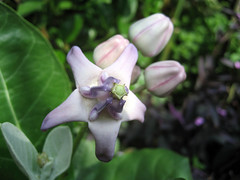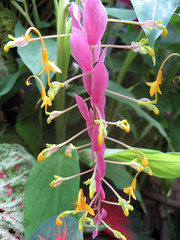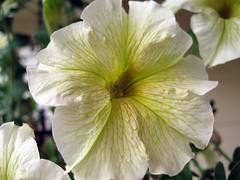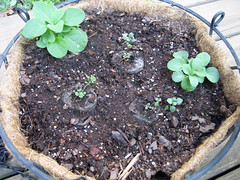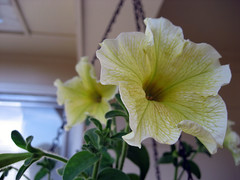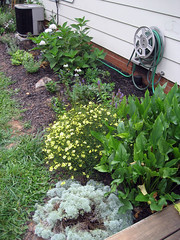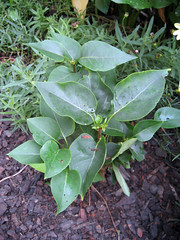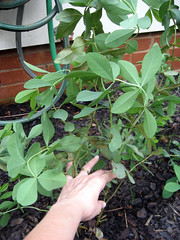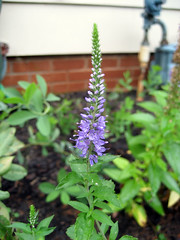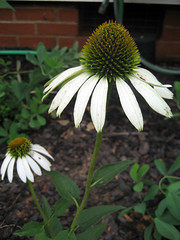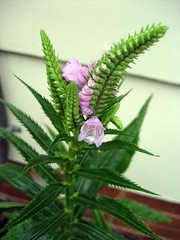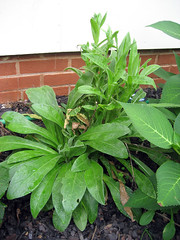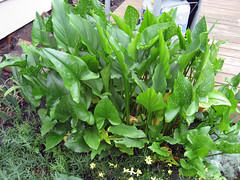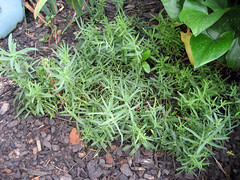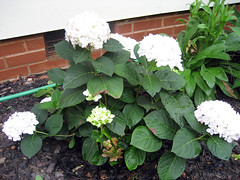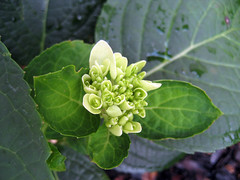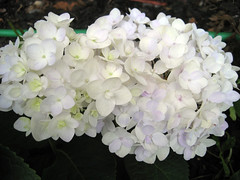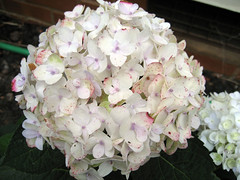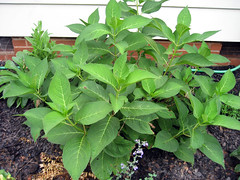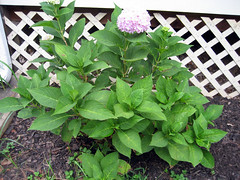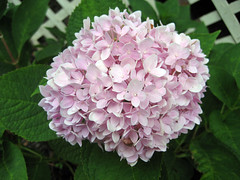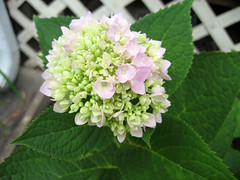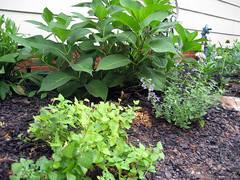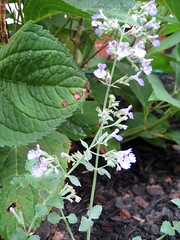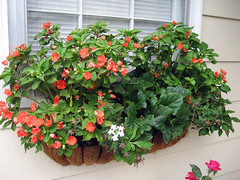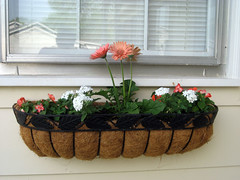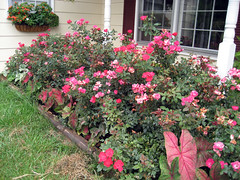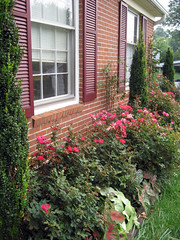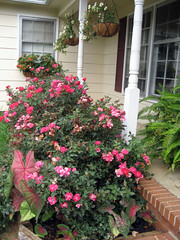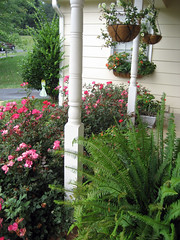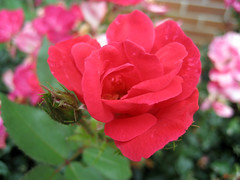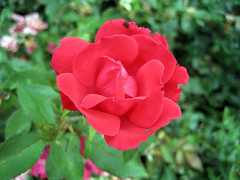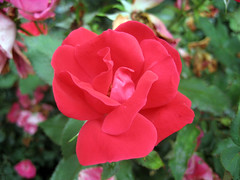Biltmore Gardens - Walled Garden
In addition to the Conservatory, we also visited the walled garden of the Biltmore Estate last weekend. The walled garden is a formal garden comprised of four acres of roses, perennials, espaliered trees, and a beautiful grape arbor that spans half the length of the garden.
I was disappointed to see how badly the rose garden was struggling. Many of the roses had been cut down to the ground, and a lot of them had just been planted newly, probably to replace dead plants. It's no shock though, since the late Spring frost we endured in April probably damaged the roses badly, and the relentless drought we have been experiencing this Summer hasn't helped them in their recovery. I did not photograph the rose garden, because it was in such poor condition, and I didn't want to share my disappointment with others!
Despite how poorly the rest of the roses are doing, the two knock-out roses they have in the garden are thriving.
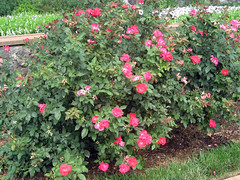
Look at the canes on these knock-out roses! They look more like tree trunks than rose canes.
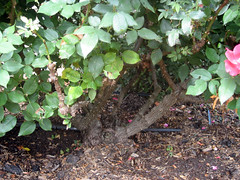
Here is a view of part of the grape arbor. It is really large and difficult to photograph with one shot.
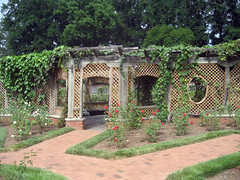
Here I am looking out from inside the arbor.

Since the grapes were hit hard by the Spring frost, they had squash growing from the arbor. They were the biggest squash I have ever seen!
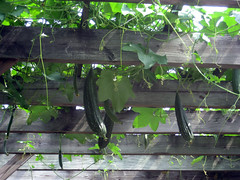
Here are some gourds growing on the top of the arbor.
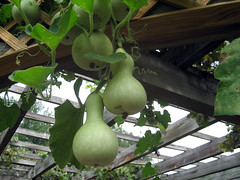
Here is an espaliered tree, probably a pear tree. The espalier technique is done not only to save space, but also to improve the productivity of fruiting trees. Espaliered trees produce greater bounties of fruit, fruit earlier, and live longer than non-espaliered trees. I have been wanting to try this technique for myself!
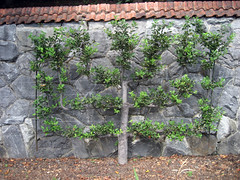
The calla lilies are blooming late on the Biltmore grounds. I was surprised to see them in bloom this far into the Summer!
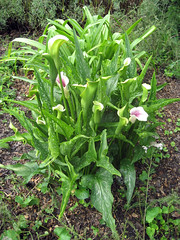
Here is a mass of beautiful pink flowers in the formal perennial garden. The garden designer seems to like doing masses of one cultivar rather than a mixture. It is quite a lovely spectacle, but I like a little more variety in my flower beds. I would have done a pink display of three or four different flowers of varying height to add some variety instead of hundreds of this one flower.
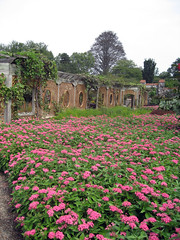
Here is a view of the formal perennial garden from inside the arbor. The garden designer seems to be in love with coleus and likes to do mass plantings of coleus with russian sage. This mixture is really not to my liking at all. The dense dark purple coleus just does not work with with the airy pastel greens and lavendars of the russian sage. The colors clash violently, and their weights don't match. The overall feeling is that the coleus is invading the russian sage, and it's going to win! Flowers in a grouping should work together to produce a harmonious feel, not work against each other in an attempt to gain the attention of the viewer.
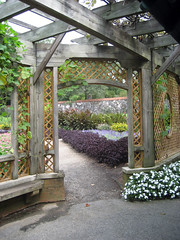
The black-eyed susans were in full bloom. This flower never disappoints!
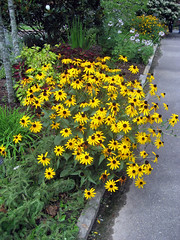
Ian peering from outside the grape arbor. I like the oval-shaped windows of the arbor.

In October the formal perennial beds will be filled with mums! I am really excited to see them. We bought a 12-month pass, so now we can visit the gardens whenever we want. For anyone who visits Biltmore 2 or more times a year, I really recommend that you purchase a pass. It's $40 plus the cost of your ticket, and it is really worth it!

